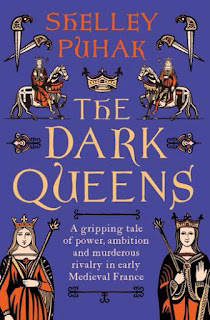Review
Greenblatt has already dazzled me with his previous book, that concentrated knowledge, in such an orderly form, in a logical arrangement, tries to convince its reader that he is sharing something with him. Of course, this is not true, as it only summarizes pre-existing knowledge and leads it along a logical chain of thought. Sure, there are those who say it’s just Greenblatt’s vision, and they’d see these connections quite differently, but since the chemtrailes have fluttered to nothing on the edge of the earth, I’m just trusting my common sense.
This book analyzes one of the oldest myths. Mankind has always been preoccupied with where we came from (although perhaps we would go further with it to deal with where we are going, there is still room for correction) and the origins of Adam and Eve in Christian culture - even though there are few today who believe in in its literal meaning - was forever embedded in the common consciousness. Even if not in a religious sense, but in a cultural sense, Adam and Eve still symbolize man and woman.
Greenblatt goes through history and takes stock of every major change the interpretation of the myth has gone through. St. Augustine put his life on it to prove a literal interpretation of Genesis with moderate success. We get a lengthy analysis of the artist’s depictions of the first human couple, including the image of the famous Dürer, who wanted to be the depiction of the physical perfection of Adam and Eve. We get a good lengthy analysis of Milton’s Paradise Lost, (actually, a mini-Milton biography is incorporated into the book by Greenblatt), and then comes the scientific discoveries that have begun to undermine the myth, with Darwin in closing.
It can be said that Greenblatt immerses quite extensively and has packed a lot into this book that only touches on the story of the first human couple, so perhaps this book may not seem compiled enough for everyone, but in fact Greenblatt is not simply exploring an ancient myth, but human thinking, if you will, writes the story of the Enlightenment. How a tale becomes a dogma, a weapon, and how this weapon is deactivated by advanced thinking.






